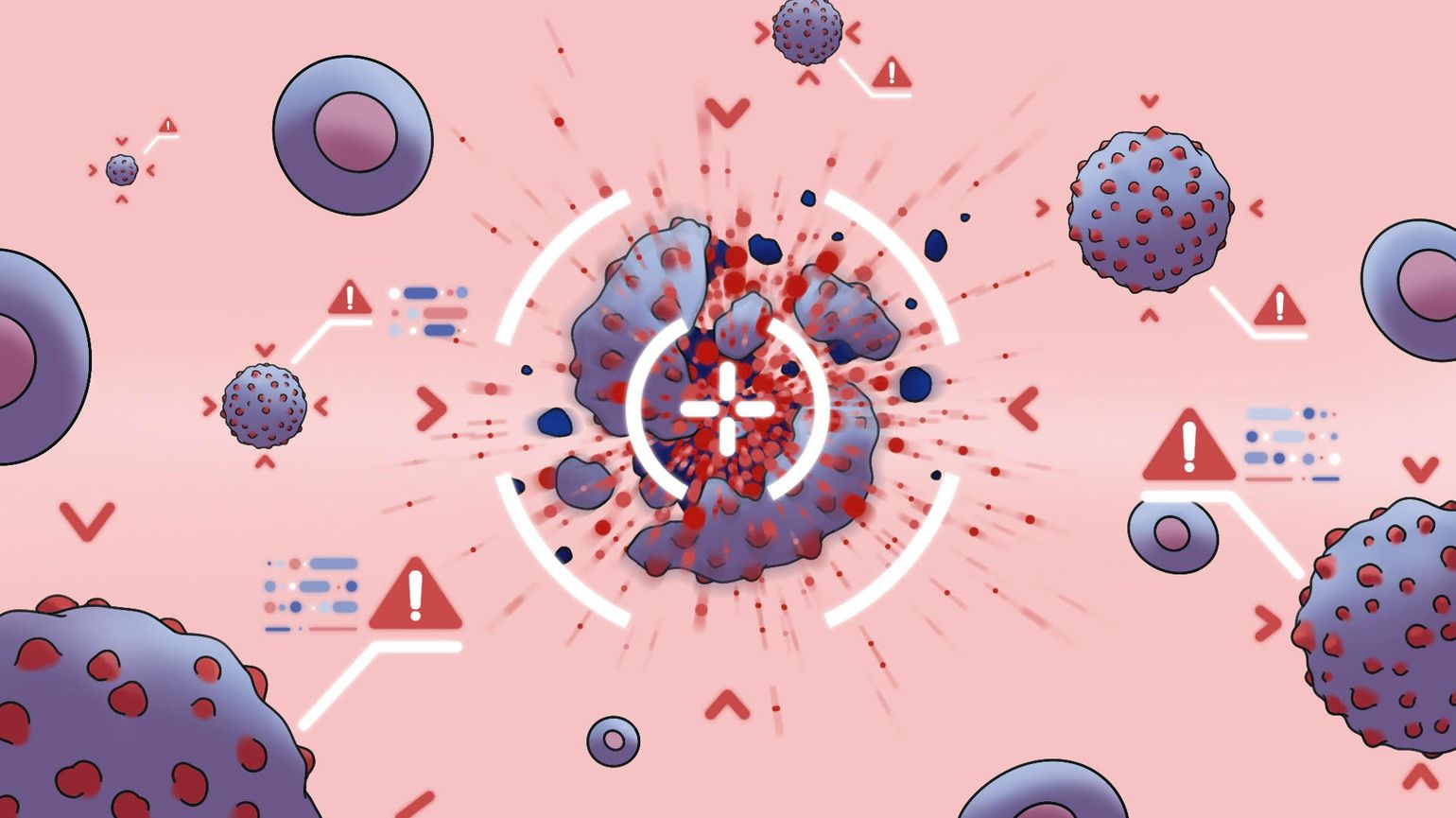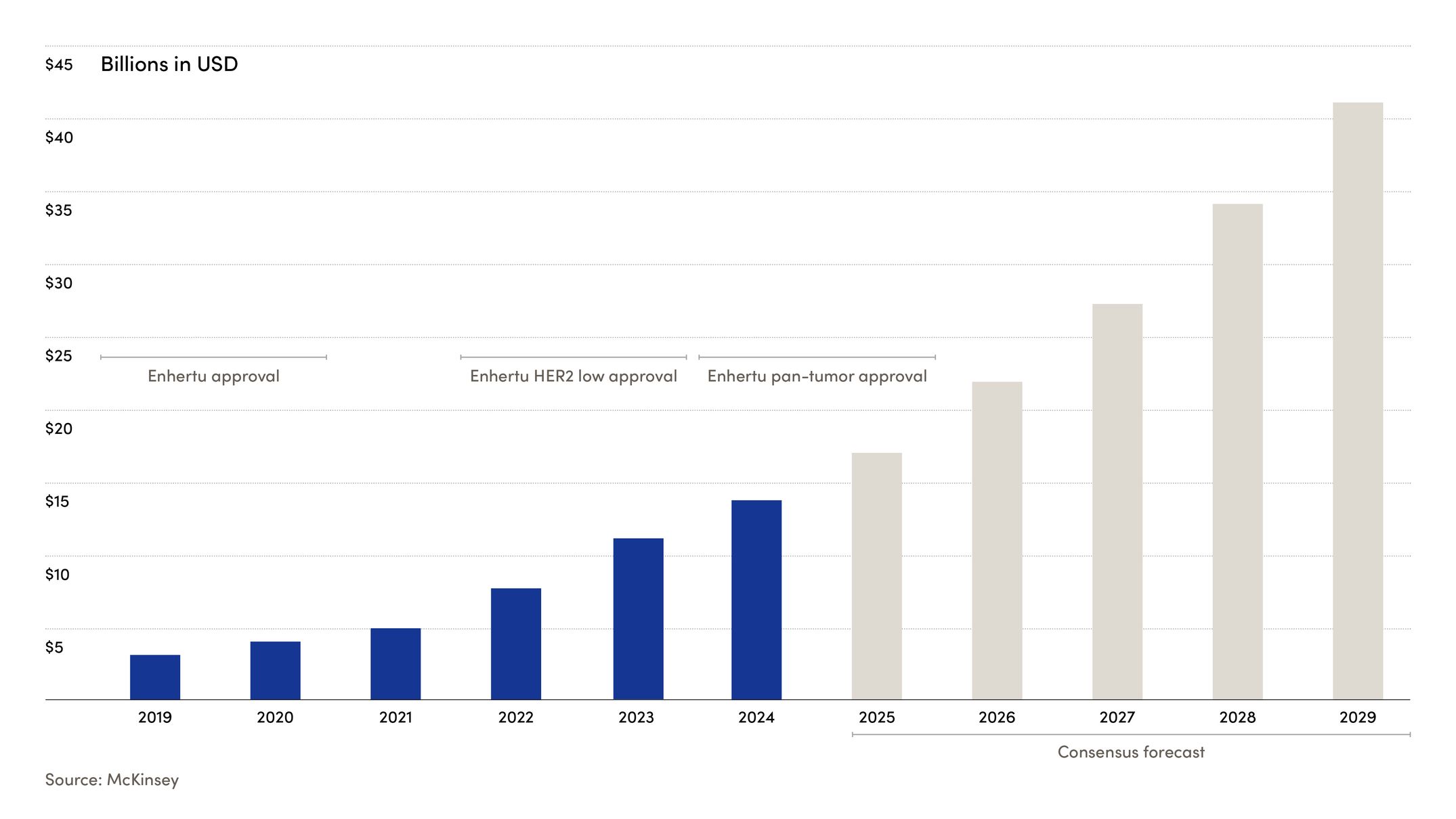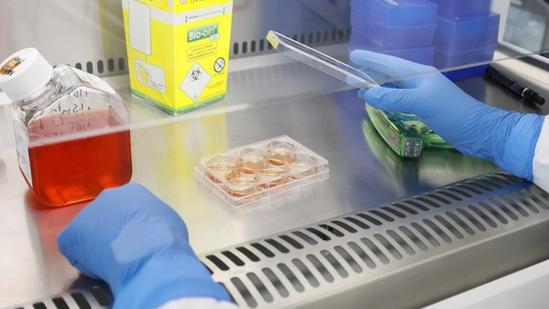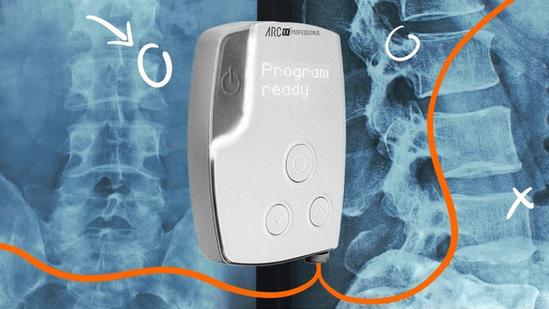Delivering on the Promise of ‘Guided-Missile’ Cancer Drugs


The promise of “precision chemotherapy” is spurring investment into a drug class that is already dramatically improving outcomes for some patients.
- Antibody-drug conjugates aim to deliver chemotherapy directly to cancer cells, sparing healthy tissue.
A promising new class of cancer drugs is attracting billions of dollars in investment and driving a deal-making bonanza. Their goal? To hunt down and kill tumors, zeroing in on their targets like a “biological missile.”
Antibody-drug conjugates, or ADCs, are designed to deliver powerful cancer-killing medicines directly to tumor cells, while sparing healthy tissue, and, for some patients, they’re already delivering significant improvements in survival. The global market, worth about $14bn in 2024, is expected to almost triple in size to $41bn by 2029, according to consulting firm McKinsey.
Estimated Global Market for Antibody-Drug Conjugates

Developers, backed by private capital, are seeking to expand the reach of these next-generation cancer medicines as they pursue the possibility of replacing chemotherapy as the standard treatment for some cancers. They will need to overcome a host of challenges to fulfill their potential. Although ADCs are extending the lives of many cancer patients, they are still associated with sometimes severe side effects, usually due to the toxic payload affecting non-cancerous cells.
“The promise of ADCs is that they can be perfectly selective,” says Daniel Lucy, CEO of Siftr Bio, an ADC-focused spinout from Imperial College London. “That isn’t what you see. There are lots of things we don’t understand. There’s so much scope for improvement.”
The reliance on antibodies – large proteins that bind selectively to particular receptors in the body – to exclusively target tumor cells with potent drugs can be traced back to studies in the 1970s. In fact, German Nobel laureate Paul Ehrlich introduced the concept of a “magic bullet” more than a century ago to precisely attack a target without causing collateral damage. However, it has taken decades of advancement in drug design for this vision of “precision chemotherapy” to approach reality.
Vibrant Research
ADCs are complex drugs comprising three components: the antibody, which is designed to target receptors found on the surface of tumor cells; the payload, a powerful cancer drug; and the linker, which brings those two elements together.
Early ADCs faltered due to issues such as premature release of the toxic drug, leading to damaging side effects and questionable efficacy. But in the past decade, advances in ADC design and the discovery of new cancerous protein targets have ushered in a wave of therapies. The FDA has now authorized 15 ADCs in a range of cancer types, including breast, lung and gastric. Hundreds more are under development globally, around 24 of which are in late-stage studies.
The demonstrated power of ADCs combined with the huge potential has created a vibrant research landscape, with scientists focusing on improving the antibody, the payload, the linker, or any combination of the three, according to Christoph Broja, a partner at EQT Life Sciences based in Munich.
“There are so many tweaks to the ADC construct that companies can do to differentiate themselves,” he says. “That’s why we see such a vast amount of innovation.”
A key inflection point was the success of Enhertu, a treatment co-developed by Daiichi-Sankyo and AstraZeneca that is used to treat breast cancer and some other tumor types. Enhertu has been shown to extend survival for patients significantly, compared with standard chemotherapy, results that drew a rare standing ovation at a major cancer conference in 2022.
“Enhertu really has been the poster child of ADCs, because it continued to reinvent the treatment paradigm for breast cancer,” says Guang Yang, a partner at McKinsey. In its most recent clinical trials, Enhertu significantly cut the risk of disease returning when used as an early breast cancer treatment, data that Yang says is prompting people to talk about a potential “cure.”
In successfully refining the technology, Daiichi and AstraZeneca sparked fresh enthusiasm for ADCs. Eight of the 10 largest pharmaceutical companies completed at least one ADC-related transaction in 2023 and 2024, McKinsey estimates. Those included blockbuster deals such as Pfizer’s $43bn acquisition of Seagen and AbbVie’s $10bn takeover of ImmunoGen.
More Survivable
Developers share a common goal: to find a powerful cancer treatment that is free from side effects. New approaches include targeting different tumor surface receptors, modifications that increase the amount of payload per antibody, and improvements to linker chemistry for more precise release of the anticancer agent. Combination approaches are also under investigation as a way of tackling resistance to ADC treatment.
“A prominent oncologist said around 2020 that this would be the decade of ADC, and I think early data is really showing some of that,” Yang says. “If we’re able to identify new targets, identify new payloads, new linkers, in a more efficient way, that would further propel the growth of the class, but also create new treatment options for patients.”
EQT in 2024 led a €128m funding round for Tubulis, a German biotech company using improved linker technology in its ADCs. Broja, who has joined the Tubulis supervisory board, says the company was attractive because of its distinct approach to linker chemistry, which he believes will unlock the treatment of ovarian, lung and other types of solid tumors that have previously proven challenging.
Tubulis released promising results in October showing that 59 percent of participants in a small, early-stage study responded to its ovarian cancer treatment, paving the way for tests in a larger group. That data came a few days after the company raised another €308m – the largest financing round for a privately-held ADC developer globally – with EQT again making a sizable investment.
Private capital also plays a critical role in supporting young companies like Siftr Bio. “The costs escalate dramatically as you get closer to the clinic,” its CEO Lucy says. “It was private capital that allowed us to progress.”
For now, ADCs are mainly used in advanced cancers. Experimental oncology drugs tend to be studied at first in the sickest patients who have exhausted other options. But as the field matures, ADCs are showing promise in patients with early-stage cancer.
“As the technology improves, it will mean, hopefully, more effective treatments with far lower side effects, so it has major implications for patients with diseases that were almost incurable,” Lucy says. “ADCs are now making these things much more survivable.”
ThinQ by EQT: A publication where private markets meet open minds. Join the conversation – [email protected]
On the topic ofHealthcare
Exclusive News and Insights Every Week
Sign up to subscribe to the EQT newsletter.





